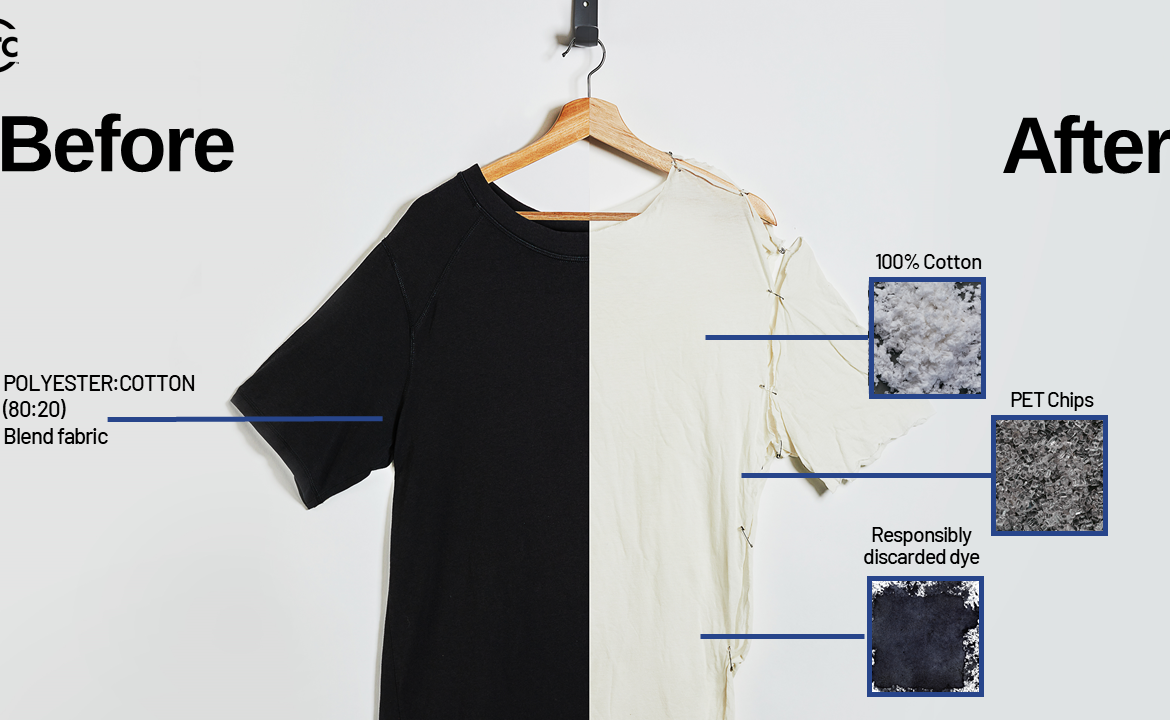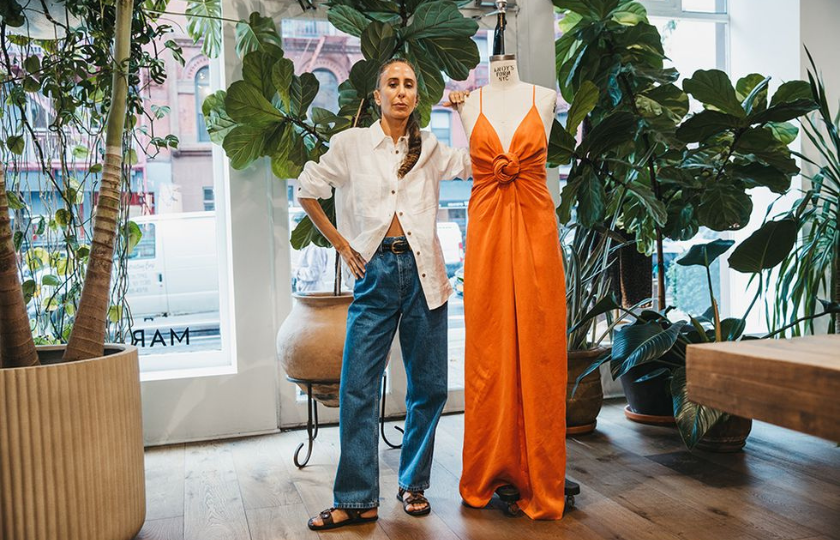The fashion industry is one of the biggest contributors to environmental pollution. With fast fashion being the second biggest consumer of water and generating about 10 per cent of carbon emissions globally, it’s high time we start looking for sustainable alternatives.
Enter Circ, a startup revolutionising how we recycle polycotton blends.
Did you know that only 1 per cent of clothes are recycled, with blended fabrics and textile items often proving too difficult to break down and repurpose? The company’s proprietary hydrothermal process allows the fibres to be separated and then repurposed for textiles that are as good as new.

Circ’s system relies upon a three-step process:
- First, fabrics are responsibly sourced before being sorted and resized for hydrothermal processing.
- Next, the company uses responsible chemistry, water, and pressure to separate synthetic fibres from natural ones.
- Finally, each output can be spun into fibres that are ‘like new’ and ready for use by fashion brands. This technology means that mixed-fiber textiles can be recycled again and again.
But Circ’s reprocessing is only one part of the solution. The current culture in the fashion industry could be more sustainable, with clothes generally only worn seven to ten times before they are discarded. Circ’s wider goal is to change the global outlook on fashion, focusing on making long-term clothes that can be repurposed rather than going to waste.
Global brands need to invest in these kinds of technologies to help them have an impact, and luckily, companies like Zara and Vivobarefoot have already seen the huge potential in Circ. But they aren’t alone, as Circ was also selected as one of this year’s Earthshot Prize finalists.
In October, the startup collaborated with sustainable fashion designer Mara Hoffman to launch a dress using Circ Lyocell, a filament lyocell derived from 50 per cent recycled textile waste.
“The fabric, which looks and feels like silk, inspired us to want to highlight the duality of the innovation with a more formal design,” said Hoffman.
“Our hope is that this collaboration will generate awareness and inspire other brands to make similar commitments to Circ’s fibre so we can build a circular fashion industry.”
We have the power to make a difference. Supporting companies like Circ that embrace circular methods can help steer demand towards sustainable fashion. It’s time to change how we think about fashion and make conscious choices that benefit the planet.



